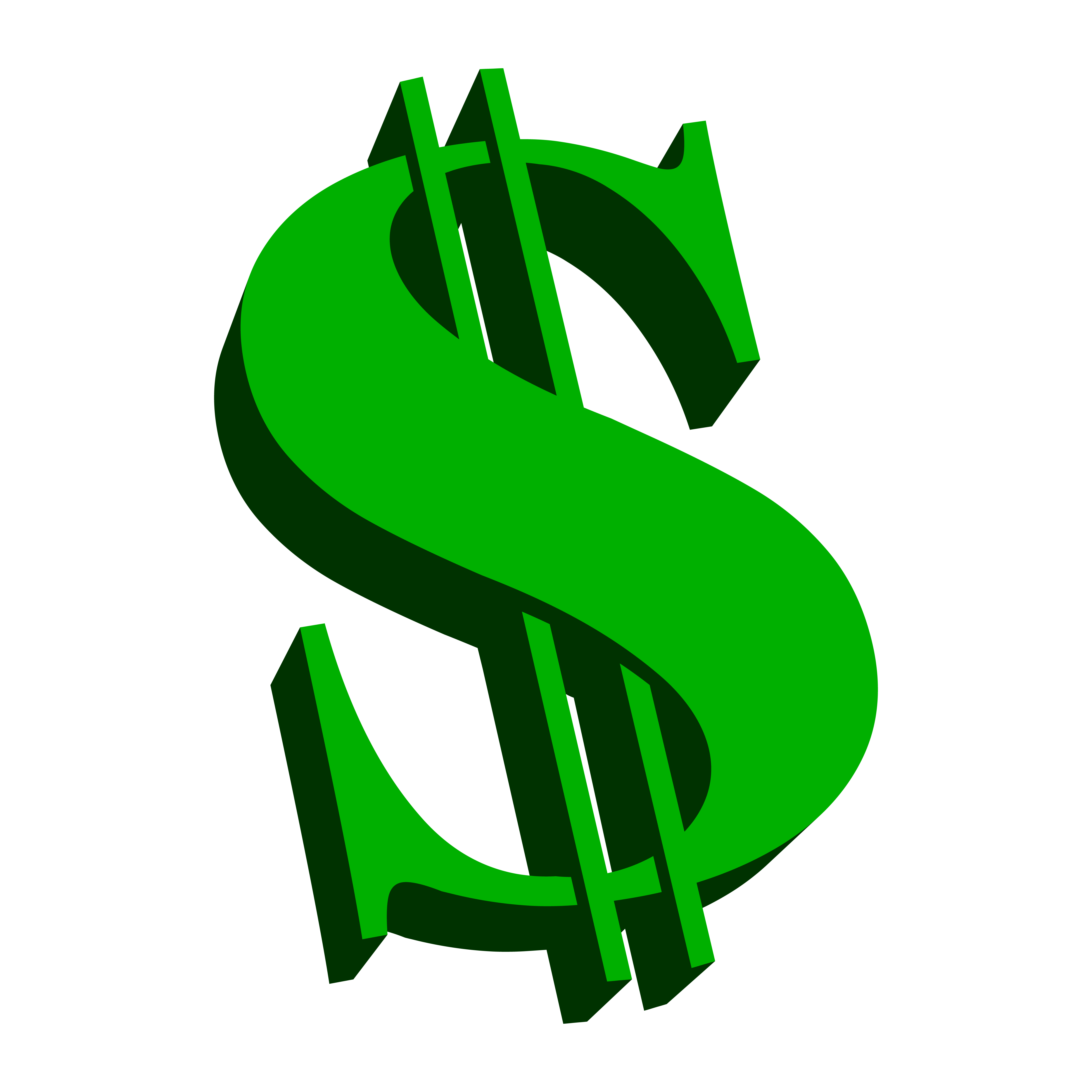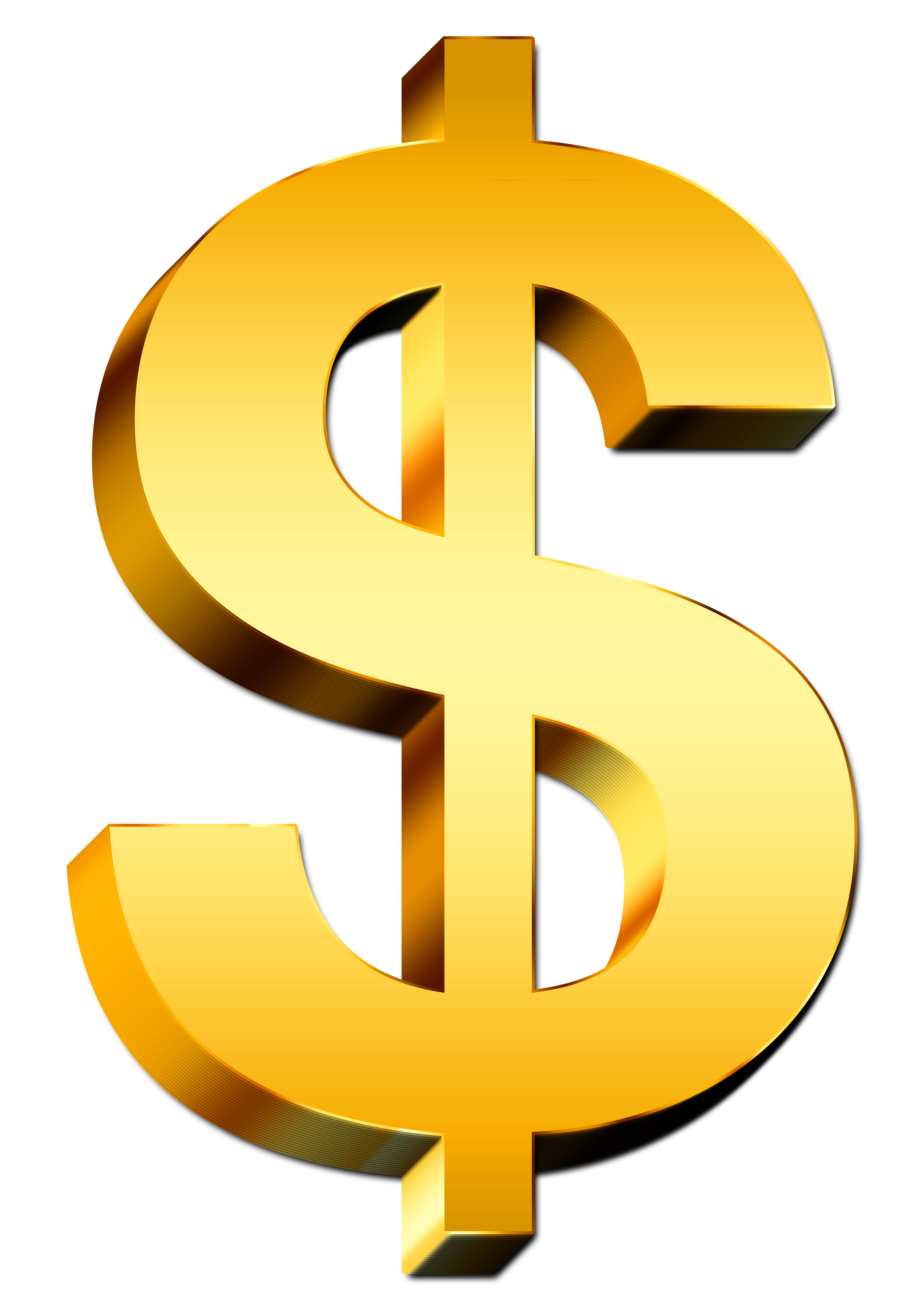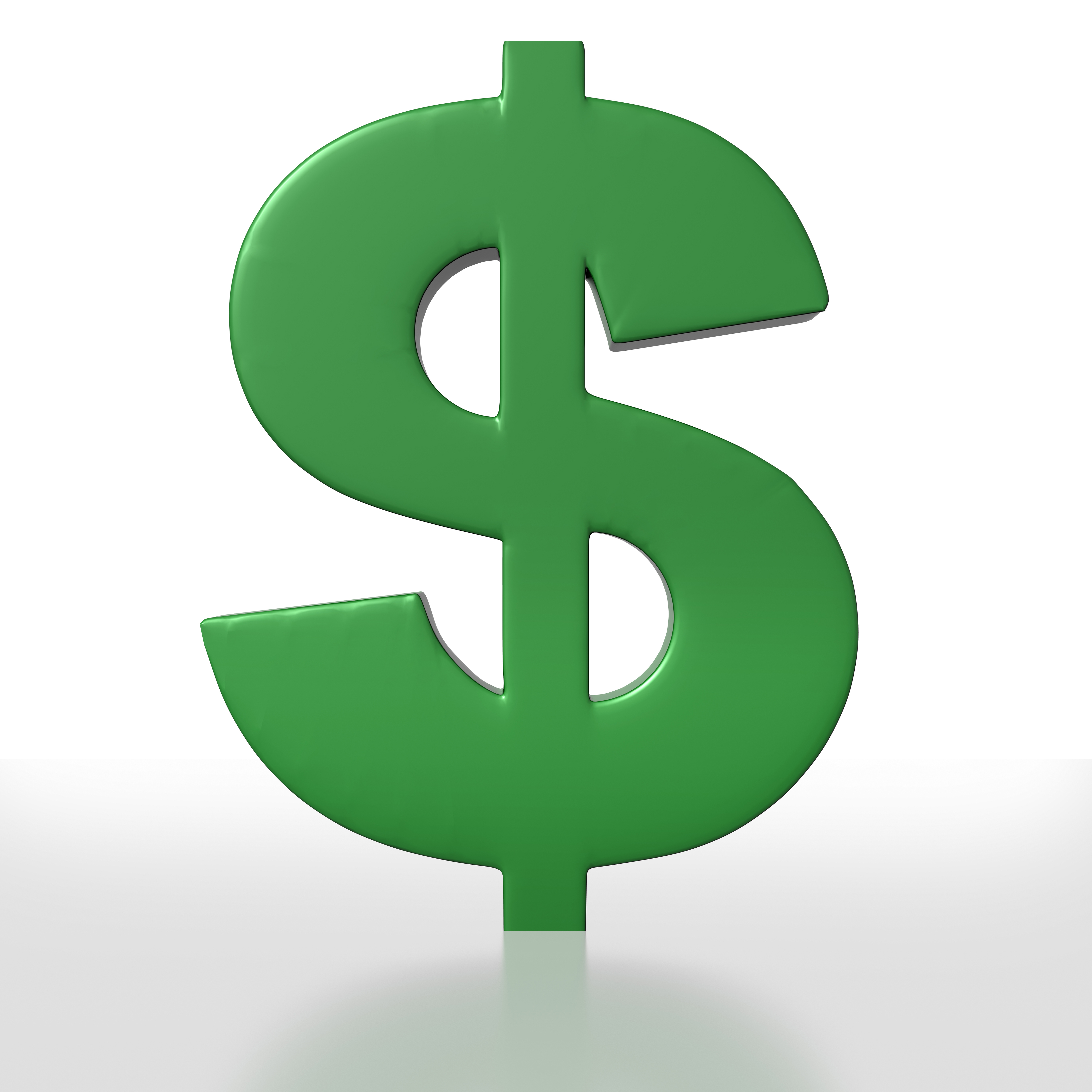Getting a notice about a $3000 IRS tax refund can feel like finding unexpected money, can't it? It's that moment when you realize the government is sending some of your hard-earned cash back your way, which is, you know, a pretty good feeling. This sort of news often brings a sense of relief or, for many, a chance to make some plans.
For lots of folks, that dollar sign, the one that looks like an 'S' with a line through it, really means something special when it comes to a refund. As a matter of fact, that dollar sign, $, is a pretty old symbol, representing money units like the dollar and the peso across the globe. It's often linked to the United States dollar, which is, very much, a big deal in international money dealings. So, seeing that $3000 amount pop up can spark all sorts of ideas about what to do next.
This article will help you understand what a tax refund truly represents, how you might have ended up with a $3000 amount, and, perhaps most importantly, some sensible ways to put that money to good use. We'll also cover how to check on your refund and some common questions people have, so you're totally ready for your refund when it arrives.
Table of Contents
- What is a Tax Refund, Anyway?
- Checking Your $3000 IRS Tax Refund Status
- Smart Ways to Use Your $3000 Tax Refund
- Avoiding Common Refund Mistakes
- Planning Ahead for Next Year
- Frequently Asked Questions About Your Tax Refund
What is a Tax Refund, Anyway?
A tax refund, in a way, is simply money that you overpaid to the government throughout the year. Think of it like this: your employer takes out a bit of money from each paycheck for taxes, or maybe you send in estimated tax payments if you're self-employed. Sometimes, they take out a little too much, or you pay a bit more than you actually owe. So, when you file your tax return, the IRS figures out the exact amount you should have paid. If you paid more, that extra bit comes back to you as a refund. It's not a bonus, really, but rather your own money returning home.
The whole idea behind it is to balance out what you owed versus what you actually paid. For instance, you might have claimed certain deductions or credits that reduce your overall tax bill. These could be things like deductions for student loan interest, or credits for having children, which basically lower the amount of tax you owe. So, if your payments throughout the year were higher than your final tax bill after these adjustments, you get a refund. It's pretty straightforward, actually.
This process ensures fairness in the tax system. People pay taxes throughout the year based on estimates, and the refund mechanism corrects any overpayments. It's a system designed to make sure everyone pays their fair share, but also gets back what they are owed. And, you know, getting a refund can be a pleasant surprise, especially when it's a nice sum like $3000.
Why You Might Get a $3000 Refund
A $3000 IRS tax refund is a pretty common amount for many households. There are several reasons why your refund might land around this figure. For one thing, you might have adjusted your W-4 form with your employer, which tells them how much tax to withhold. If you claimed fewer allowances than you should have, or if you simply didn't update it after a life change, you could have had too much taken out. That's a very common reason, you know.
Another big reason could be various tax credits. The Child Tax Credit, for example, can significantly reduce your tax bill. The Earned Income Tax Credit (EITC) is another powerful one, especially for low to moderate-income families. These credits are designed to help specific groups of people, and they can sometimes result in a larger refund, even if you didn't overpay much through your paychecks. So, these credits can really boost your refund amount, quite a bit.
Changes in your life during the year can also play a part. Perhaps you had a new baby, bought a home, went back to school, or incurred significant medical expenses. These life events often come with tax benefits that you can claim when you file your return. When you add up all these deductions and credits, it's not at all unusual for the total to push your refund up to that $3000 mark. It's almost like a reflection of your year's journey, in a way.
Checking Your $3000 IRS Tax Refund Status
Once you've sent in your tax return, the waiting begins, doesn't it? For many, the first question is, "Where's my money?" Luckily, the IRS makes it fairly simple to keep an eye on your $3000 IRS tax refund. The primary tool for this is the "Where's My Refund?" tool on the IRS website. It's a very useful resource, honestly.
To use this tool, you'll need a few pieces of information handy. You'll need your Social Security number or ITIN, your filing status (like single, married filing jointly, etc.), and the exact refund amount you're expecting. You can typically check your refund status within 24 hours after the IRS receives your e-filed return, or about four weeks after you mail a paper return. It's pretty quick for e-filers, actually.
The tool will show you one of three statuses: "Return Received," "Refund Approved," and "Refund Sent." "Return Received" means they have your tax return. "Refund Approved" means they've processed it and confirmed your refund amount. "Refund Sent" means your $3000 is on its way, either by direct deposit or a paper check. This is where patience really comes in, you know. Sometimes, it can take a few weeks for the money to actually hit your bank account after it's been sent, depending on your bank and how you chose to receive it.
Smart Ways to Use Your $3000 Tax Refund
Getting a $3000 IRS tax refund can feel like a small windfall, and it's certainly tempting to think about all the fun things you could do with it. However, making a thoughtful plan for that money can really make a big difference in your financial well-being. It's almost like having a fresh start with a little extra cash. We can, you know, explore some ideas.
Paying Down Debt
One of the most impactful ways to use your $3000 refund is to tackle any high-interest debt you might have. Think about credit card balances or personal loans with steep interest rates. Paying these down means you'll save money on interest charges over time, which is, in a way, like getting an even bigger return on your refund. It's a very practical step, really.
Consider focusing on the debt with the highest interest rate first. This strategy, often called the "debt avalanche," saves you the most money in the long run. Even if $3000 doesn't wipe out all your debt, it can significantly reduce your principal balance, which then lowers your minimum payments and the amount of interest you'll pay. This can be a huge relief, honestly.
Imagine reducing a credit card balance that's been nagging at you. That feeling of lightness, of having less financial burden, is often more satisfying than a fleeting purchase. It's a solid investment in your future self, you know, giving you a bit more breathing room each month. So, it's something to seriously think about.
Building Up Your Savings
If you don't have a fully stocked emergency fund, your $3000 refund is a fantastic opportunity to build one or add to it. An emergency fund is money set aside specifically for unexpected expenses, like a sudden car repair, a medical bill, or a job loss. Having three to six months' worth of living expenses saved up can provide a real sense of security. It's a pretty big deal, actually.
Even if you already have some savings, adding $3000 to it makes your financial cushion even softer. This money can sit in a high-yield savings account, where it can earn a little bit of interest while staying easily accessible. It's about preparing for the unexpected, which, you know, happens to all of us at some point. A robust savings account can prevent you from going into debt when life throws a curveball.
Think of it as peace of mind, really. Knowing you have that money available means you won't have to stress as much if something goes wrong. It's a quiet strength, almost. This simple step can truly stabilize your financial situation, giving you a firm foundation for whatever comes next.
Making Wise Investments
For those who have their debt under control and a solid emergency fund, investing your $3000 refund could be a smart move. This could mean contributing to a retirement account like an IRA or 401(k), or even opening a brokerage account to invest in stocks or mutual funds. The goal here is to make your money grow over time. It's a long-term play, basically.
If your employer offers a 401(k) match, contributing to that is often one of the best investments you can make, as it's essentially free money. Otherwise, an IRA offers tax advantages that can help your money grow more efficiently. Even a small amount like $3000, when invested consistently and allowed to grow over many years, can become a much larger sum thanks to the magic of compounding. It's a very powerful concept, compounding is.
Before you jump into investing, it's always a good idea to do a little research or, perhaps, talk to a financial advisor. They can help you understand the risks and rewards and figure out what kind of investment fits your goals and comfort level. You can learn more about personal finance on our site, which might give you some ideas. It's about making informed choices, you know.
Caring for Yourself and Your Home
While financial prudence is key, sometimes using your $3000 refund for something that improves your daily life or reduces future costs can be a wise choice too. This might involve making necessary home repairs that you've been putting off, or investing in something that genuinely improves your well-being. It's about balancing practical needs with a bit of self-care, in a way.
For instance, if your car needs new tires, or your roof has a small leak, using the refund to address these issues now can prevent bigger, more expensive problems down the road. These are the kinds of things that can save you a lot of stress and money later on. It's a very proactive approach, you know.
Alternatively, consider using some of the money for something that boosts your personal growth or happiness, like taking a course to learn a new skill, or finally getting that dental work done. As long as your basic financial needs are met, a thoughtful splurge can be totally fine. It's about investing in yourself, which, you know, has its own kind of return. Just make sure it aligns with your overall financial picture.
Avoiding Common Refund Mistakes
It's easy to get excited about a $3000 IRS tax refund and make impulsive decisions. However, some common mistakes can lessen the positive impact of your refund. One of the biggest pitfalls is treating it like "found money" and spending it all without a plan. It's your money, after all, not a bonus, so a little thought goes a long way. That's really important, you know.
Another mistake is falling for refund anticipation loans or similar schemes. These loans typically come with very high fees and interest rates, essentially eating into your refund before you even get it. It's almost like paying someone to give you your own money a few days earlier, which, honestly, doesn't make much sense. It's much better to wait the extra few days for your official refund.
Also, don't forget to adjust your tax withholding for the next year if your refund was much larger than you expected. A big refund means you gave the government an interest-free loan throughout the year. While it feels good to get a lump sum, it might be more beneficial to have that money in your paychecks throughout the year. You can use this IRS Tax Withholding Estimator to help you figure out the right amount. It's a simple change that can make a difference, you know, in your monthly budget.
Planning Ahead for Next Year
Receiving a $3000 IRS tax refund this year gives you a perfect chance to think about your tax situation for the upcoming year. It's not just about what to do with the money you have now, but also about setting yourself up for success in the future. This kind of forward thinking can really help you out, you know.
If you found yourself with a significant refund, it might mean you're having too much tax withheld from your paychecks. While a big refund feels nice, it also means you're missing out on having that money available throughout the year. You could adjust your W-4 form with your employer to have less tax taken out, which would give you more money in each paycheck. This can be very helpful for your cash flow, actually.
On the other hand, if you ended up owing money, or if your refund was smaller than you hoped, you might need to increase your withholding or plan for estimated tax payments. Thinking about these things now, rather than waiting until next tax season, can prevent surprises and help you manage your money more effectively. It's all about finding that right balance, you know, for your own financial comfort. You can also explore more financial planning tips on our site.
Frequently Asked Questions About Your Tax Refund
People often have similar questions when it comes to their tax refunds. Here are a few common ones, with some simple answers.
How long does it typically take to get a $3000 IRS tax refund?
Most e-filed refunds are issued within 21 calendar days of the IRS receiving your return. If you mailed a paper return, it can take much longer, sometimes six to eight weeks, or even more. Direct deposit is usually the quickest way to get your money, too.
What if my $3000 refund is less than I expected?
If your refund is less than you thought, the IRS will usually send you a letter explaining the difference. This could be because of an error on your return, or perhaps they adjusted a credit or deduction. It's important to read that letter carefully to understand what happened, you know.
Is a $3000 tax refund considered "good" or "bad"?
There's no single "good" or "bad" answer here. A large refund means you overpaid your taxes throughout the year. While it feels good to get a lump sum, some people prefer to have that money in their regular paychecks instead of letting the government hold onto it interest-free. It really depends on your personal financial situation and preferences, basically.



Detail Author:
- Name : Clyde Keeling
- Username : cgraham
- Email : lon69@corkery.com
- Birthdate : 2006-03-18
- Address : 9379 Luciano Lakes East Emma, SC 63012
- Phone : +1.239.325.1859
- Company : Weber-Block
- Job : Occupational Health Safety Technician
- Bio : Sit similique sint recusandae ut. Consequuntur voluptate est reiciendis temporibus exercitationem non. Expedita soluta vero et.
Socials
tiktok:
- url : https://tiktok.com/@elise_real
- username : elise_real
- bio : Reprehenderit excepturi modi ut.
- followers : 594
- following : 2567
linkedin:
- url : https://linkedin.com/in/ratkee
- username : ratkee
- bio : Aut blanditiis aut quia est eaque quibusdam et.
- followers : 3487
- following : 1348
twitter:
- url : https://twitter.com/elise_ratke
- username : elise_ratke
- bio : Officia dolorem laboriosam sunt. Eius sint aperiam ex fugit aut dolores consequatur. Tempore provident quas voluptatem consequatur doloribus.
- followers : 205
- following : 125
instagram:
- url : https://instagram.com/ratkee
- username : ratkee
- bio : Qui inventore minus provident aut quos sit ipsum. Enim qui sequi magnam aut. Eveniet qui et in sit.
- followers : 1294
- following : 552
facebook:
- url : https://facebook.com/elise_ratke
- username : elise_ratke
- bio : Incidunt beatae labore quas perspiciatis. Nihil id dolorum ea.
- followers : 416
- following : 110

